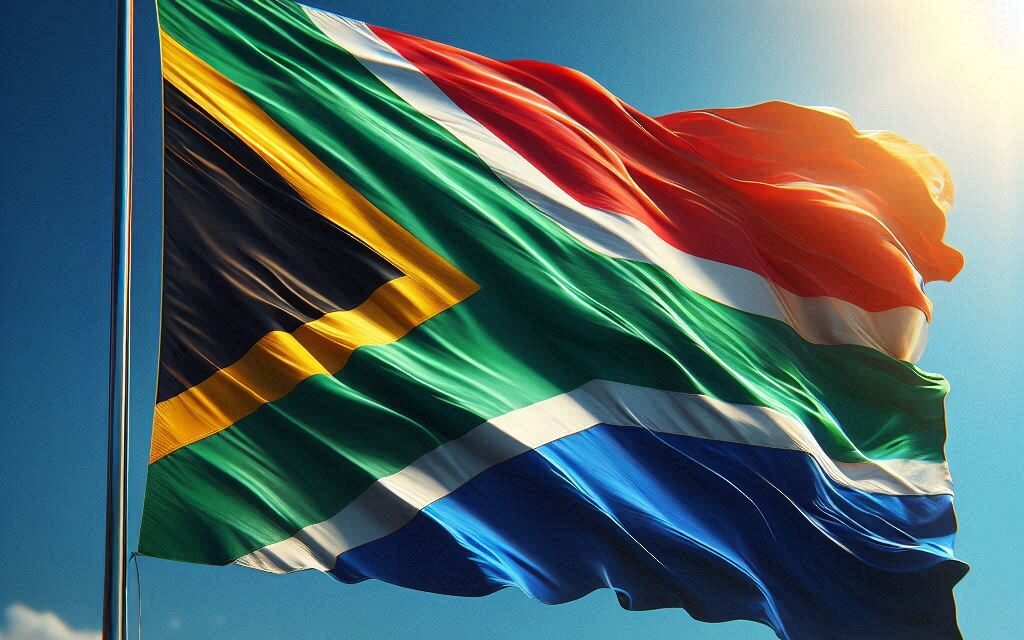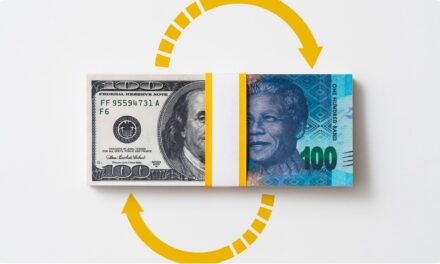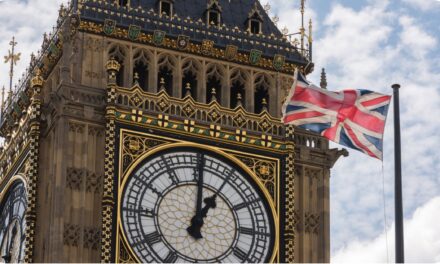The South African Reserve Bank (SARB) plays an integral and pivotal role in South Africa and has been a hot topic of conversation since the advent of democracy in 1994. Let us take a look at the history, mandate, shareholders and the complicated relationship with the the South African Government.
Introduction and History
The South African Reserve Bank (SARB), established in 1921, is the central bank of the Republic of South Africa and the oldest central bank in Africa. It was created in response to the financial turmoil following World War I, a time when commercial banks issued banknotes that had to be backed by gold. The fluctuating gold prices and the need for a stable currency led to the formation of the SARB.
When the South African Reserve Bank (SARB) first started, it was owned by private individuals. However, in 1945, the government of South Africa took over ownership or nationalized it, which means it became a part of the government. From the time it was created, the SARB has been very important for the country’s money matters. It has seen and made it through some really tough times, like the Great Depression in the 1930s, the Second World War, the period of apartheid when the country was separated by race, and the change to a government chosen by the people.
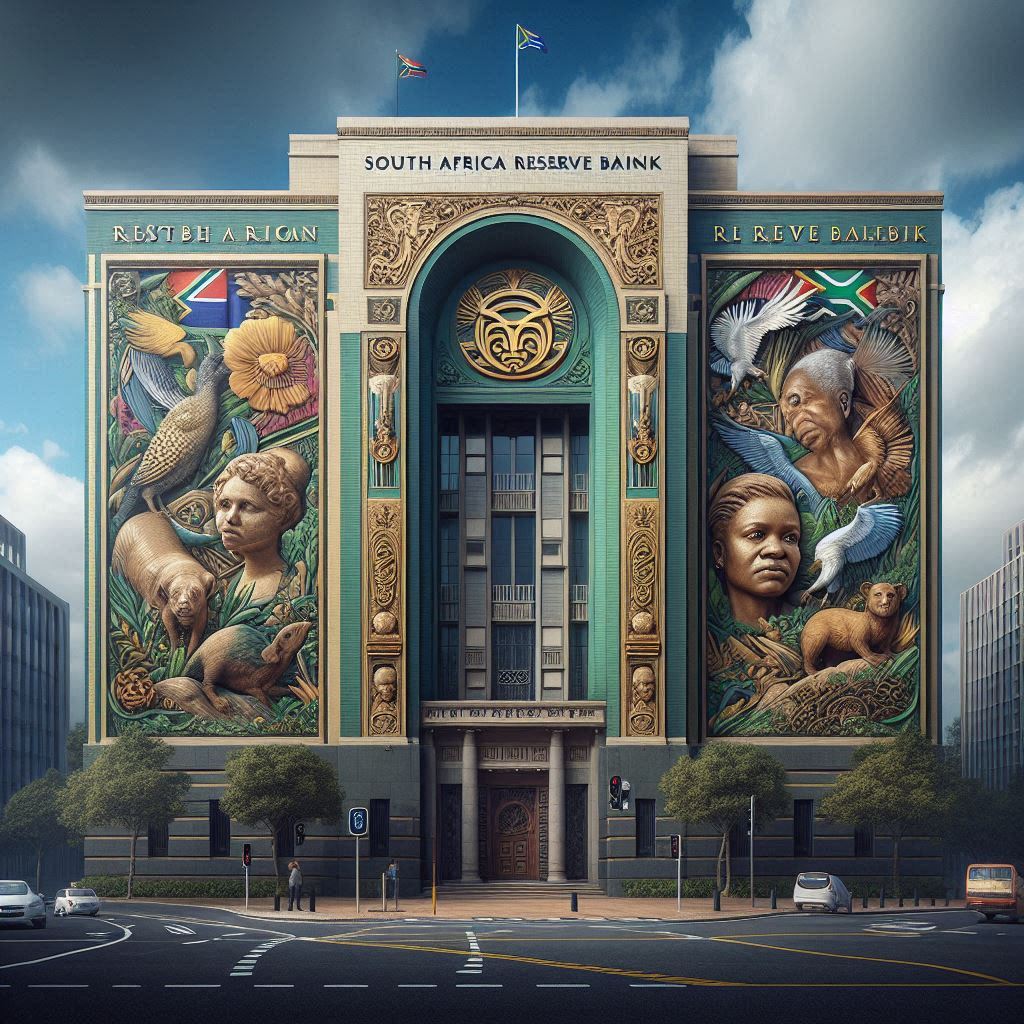
Shareholders of the South African Reserve Bank (SARB)
The South African Reserve Bank is different from most other central banks because it has private people and companies that own parts of it. There are more than 800 of these owners, and they come from both inside South Africa and other countries. This makes the bank’s way of being owned special. Even though these owners have a piece of the bank, they don’t get to make decisions about how the bank handles the country’s money or keeps the economy stable. But they do get to help choose some of the people who are in charge of watching over the bank’s work, as long as those people are not part of the bank’s day-to-day business.
No shareholder or group of associated shareholders may own more than 10,000 shares individually. Furthermore, non-residents and their associates may not hold more than 40% of the total issued shares. The shareholders have limited rights, which primarily include the right to elect a minority of the directors and receive a limited dividend.
The Mandate of the South African Reserve Bank (SARB)
The job of the South African Reserve Bank (SARB) is really important and is explained in South Africa’s main set of laws, the Constitution. The SARB’s most important goal, mentioned in a specific part of the Constitution (Section 224(1)), is to make sure the money of South Africa keeps its value. This is done for the good of the country so that the economy can grow in a healthy and steady way. The SARB works to keep prices from changing too much by using its monetary policy. Besides that, the SARB looks after the overall health of the country’s financial system. It also has the job of making and giving out the money (like banknotes and coins), being the government’s bank, helping other banks with their needs, and taking care of South Africa’s gold and money from other countries.
For more trading tools, real time data and technical analysis visit us https://lotusacademy.africa/
The Board of Directors
The governance of the SARB is entrusted to a Board of Directors, comprising the Governor, Deputy Governors, and other directors appointed by the President of South Africa and elected by the shareholders. The board is responsible for ensuring the Bank’s compliance with relevant laws and corporate governance.
Dividends
The South African Reserve Bank (SARB) works to do its job well, not to earn money like businesses do. But the people who own parts of the bank get a small amount of money each year, called dividends. By law, they can only get 10 cents for every share they own each year. Because there are two million shares, the total money given out to all the owners is just R200,000, which was about $14,000 back in September 2021. If the SARB makes any more money than this, it goes to the government of South Africa.
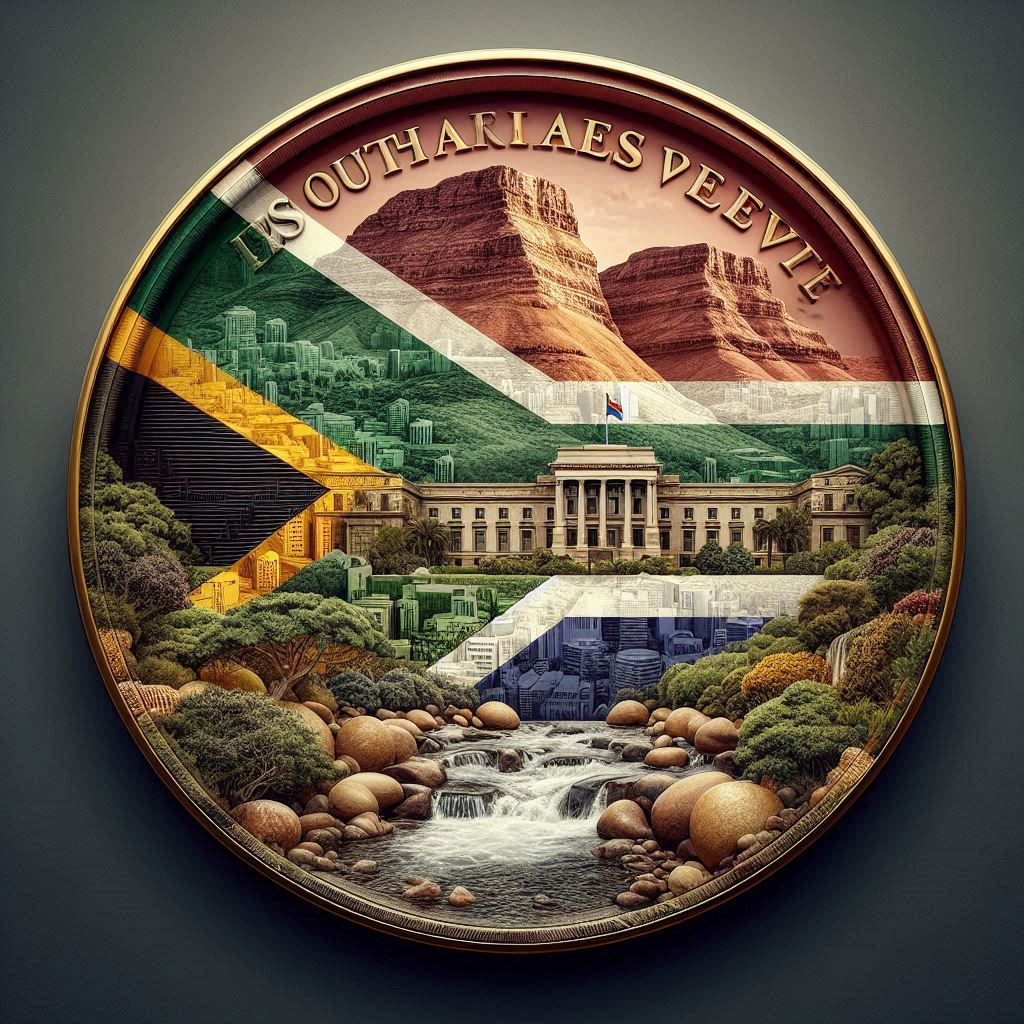
Relationship with the Government
The South African Reserve Bank (SARB) works on its own, but it still talks with the government to make sure they agree on money-related plans. This is especially true with the government official who looks after the country’s money. This way, the SARB can do its job well and fairly, while also helping to achieve the big money goals that the country has.
The Reserve Bank and Government have at times butted heads as Governments struggles to stimulate economic growth being blamed at times on the Banks policy. This however is not the case as the Central Bank does not have any influence over economic growth or the business environment within the country. The idea of Nationalizing the Reserve Bank has been one that has been touted by policticins many times but thas far has failed to materialize.
We explore the idea of Nationalization in an article called NATIONALIZATION OF THE SOUTH AFRICAN RESERVE BANK (SARB)
The Effect of Monetary Policy on the South African Rand
The decisions made by the South African Reserve Bank (SARB) can really affect how much the South African Rand (ZAR) is worth. The main way the SARB tries to keep prices stable and the ZAR steady is by changing the repo rate. This is the interest rate they charge when they lend money to other banks.
For example, if prices are rising too fast (which is called inflation), the SARB might raise the repo rate. This makes it more expensive for people and businesses to borrow money, so they spend less. Spending less helps to slow down inflation. But, this can also make the economy grow more slowly. On the bright side, it can make the ZAR more valuable because investors from other countries like the higher interest rates they can get in South Africa.
On the other hand, if the SARB lowers the repo rate, it can help the economy grow. It does this by making loans cheaper, so people and businesses are more likely to borrow money and spend it. This can be good, but it can also make prices start to rise too quickly again. Plus, it might make the ZAR less attractive to foreign investors who want higher interest rates.
So, the SARB has to be careful. They have to keep prices stable and make sure the ZAR doesn’t lose its value, all while helping the economy to grow in a healthy way.
For live Market Updates follow Zain on Twitter/X @zvawda

